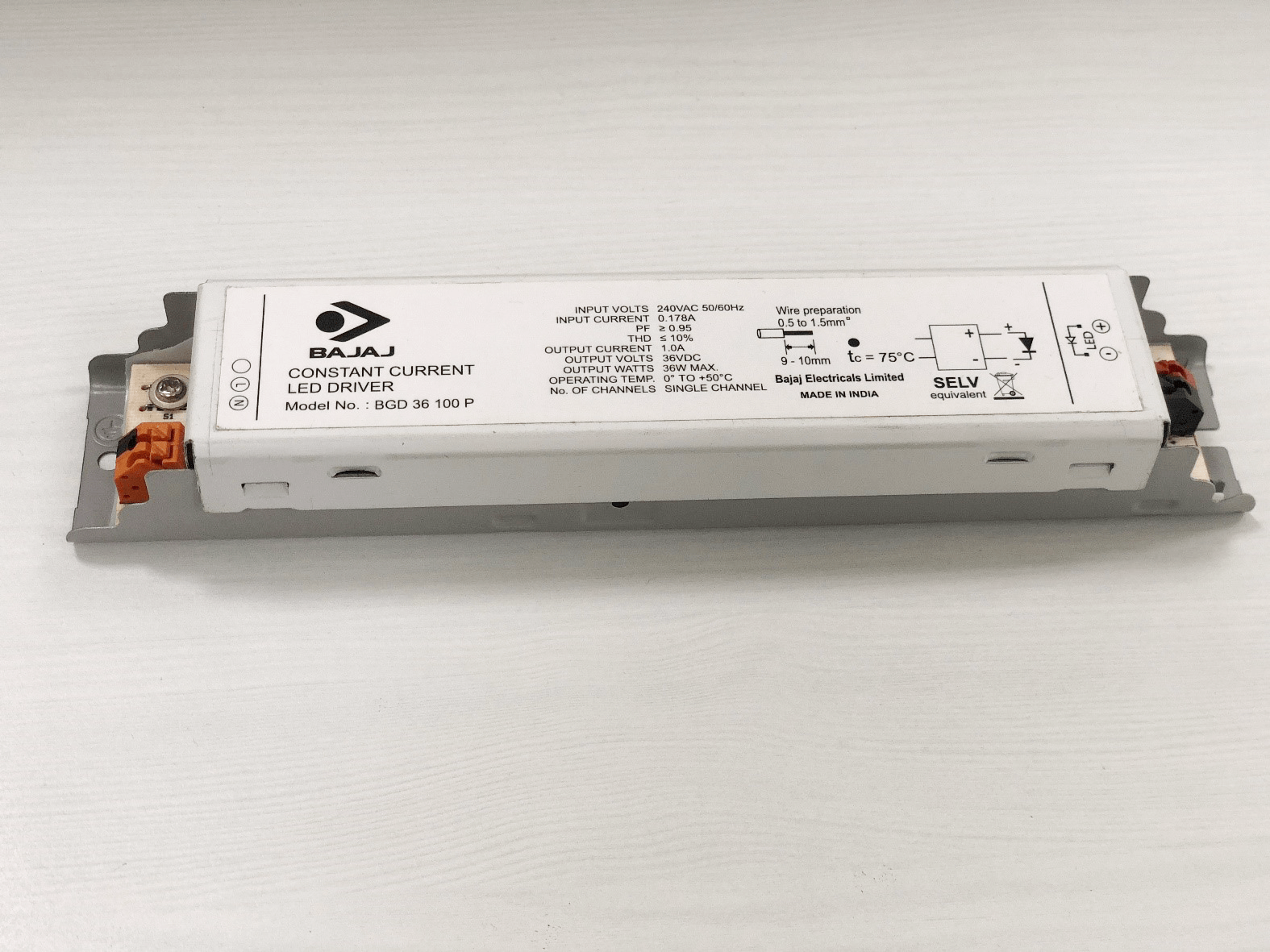Visit our Online Store
What is an LED Driver?
Jun 22, 2018

Nowadays, everyone is familiar with light emitting diodes or commonly known as LEDs. These light sources are commonly associated with longer life spans and energy efficiency. Considering that these low-voltage light sources are here to stay, understanding their drivers becomes a necessary part of its function.
So, what is an LED driver? It is an electrical device that delivers power to a string of LEDs in a regulated manner. The driver also prevents the LEDs from having a premature failure by controlling thermal runaway, which is a phenomenon wherein with an increase in the temperature of an operating LED, the forward voltage VF (i.e. the voltage the LED requires to conduct electricity and light up) decreases thereby increasing the current. Simply put, with time an LED gets more and more hot and keeps drawing more and more current thus eventually burning out early due a premature failure. The constant current driver prevents the LEDs from such premature failure. Its efficacy is at its best, when its output impedance matches the input impedance of the LEDs.
The maximum number of LEDs that one can run from a driver is arrived at by dividing the maximum output voltage of the driver by the forward voltage of the LEDs. Now the configuration of LED strings whether they will be connected in series or in parallel or partially in series and partially in parallel is determined by the configuration and application of the fixture. The decay element i.e. the life of the capacitor in the LC filter circuit of the output side of the driver actually defines the life of the driver and hence the whole LED system. Hence it’s important to choose capacitor with a very good life.

Designing an LED driver - We need to consider some major factors before designing an LED driver – like whether one needs a constant current or a constant voltage driver. Other factors to consider are the type of LED to be used, its max lm 80 current, its junction temperature, the application of the fixture, the space constraint within the fixture (if any), the commercial viability, whether dimming is required etc. For most of the applications, low voltage DC input LED drivers (5-36 V DC) and high-voltage AC input (90-300 V) are recommended primarily because of their reliability and stability. Nowadays, dimmable drivers are gaining popularity. They work with 0-10 V dimming or TRIAC dimming or PWM dimming.
Even the concept of DOB – driver on board is slowly gaining popularity, which is basically a chip that acts like a driver. Since it’s a solid-state device, it does not have any decay element. Thus, its life is supposed to be almost similar to that of LEDs. When connected in tandem with the LED strings, the current very closely follows the voltage pattern thus giving a form factor of almost 1. Unfortunately, such a technology has a small issue. It’s not a constant current driver, so with the change in voltage, the current changes, thereby changing the brightness of the LEDs. Technologists are still working on ways to fix this issue.



Comments
Very simply explained such a complex subject...
Reply Hide Replys |
Very Useful n Good Article.
Reply Hide Replys |
Good information
Reply Hide Replys |
Good . Very knowledgeable concept
Reply Hide Replys |
Hi I want 15 Qty of LED Flood lights
Reply Hide Replys |